 Newark Pond
Newark Pond
Entry Category: Independence
 Newark Pond
Newark Pond
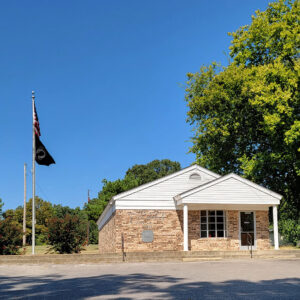 Newark Post Office
Newark Post Office
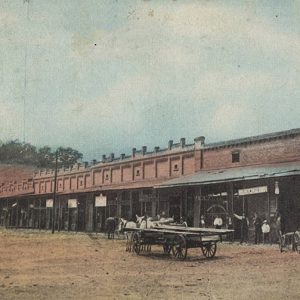 Newark Street Scene
Newark Street Scene
 Newark Street Scene
Newark Street Scene
O’Neal (Independence County)
 Entering Oil Trough
Entering Oil Trough
Oil Trough (Independence County)
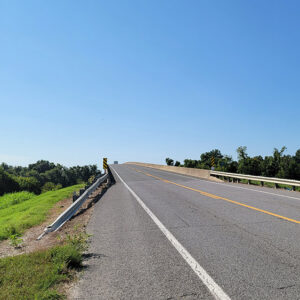 Oil Trough Bridge
Oil Trough Bridge
 Oil Trough Fire Department
Oil Trough Fire Department
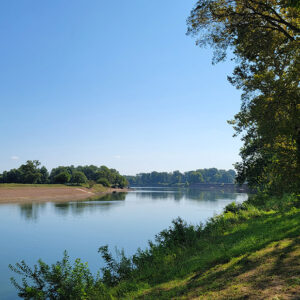 Oil Trough Park
Oil Trough Park
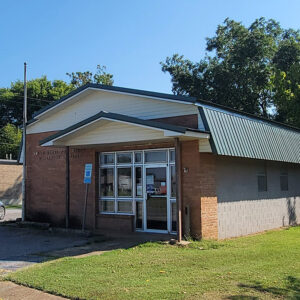 Oil Trough Post Office
Oil Trough Post Office
 Oil Trough Store
Oil Trough Store
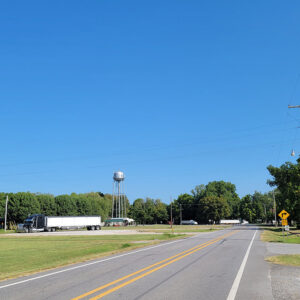 Oil Trough Street Scene
Oil Trough Street Scene
Padgett Island
Paroquet (Independence County)
Pfeiffer (Independence County)
 Entering Pleasant Plains
Entering Pleasant Plains
Pleasant Plains (Independence County)
 Pleasant Plains Church
Pleasant Plains Church
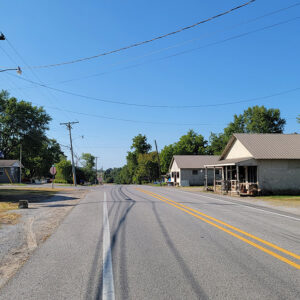 Pleasant Plains Street Scene
Pleasant Plains Street Scene
Rocky Point (Independence County)
aka: Rock Point (Independence County)
Rosie (Independence County)
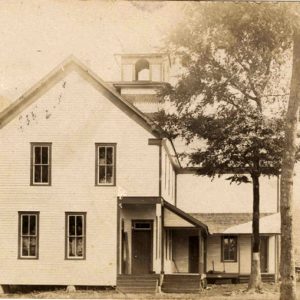 Rosie School
Rosie School
Ruddell Hill (Independence County)
aka: Ruddell (Independence County)
Rutherford (Independence County)
Salado (Independence County)
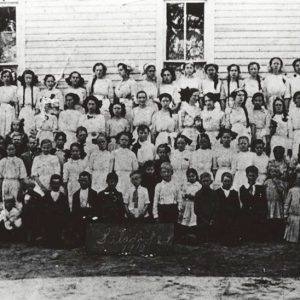 Salado School
Salado School
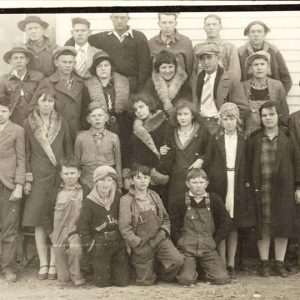 Salado Students
Salado Students
Sandtown (Independence County)
 Southerland Store
Southerland Store
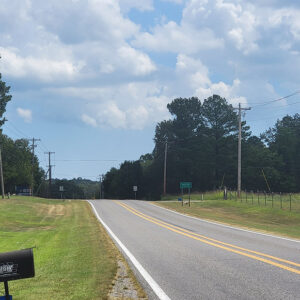 Entering Southside
Entering Southside
Southside (Independence County)
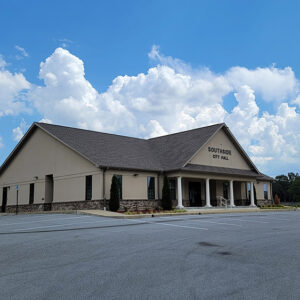 Southside City Hall
Southside City Hall
 Southside Elementary School
Southside Elementary School
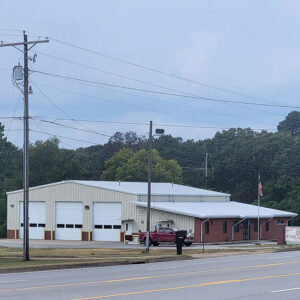 Southside Fire Department
Southside Fire Department
 Southside School District
Southside School District
 Southside Street Scene
Southside Street Scene
Starnes Spring (Independence County)
Sulphur Rock (Independence County)
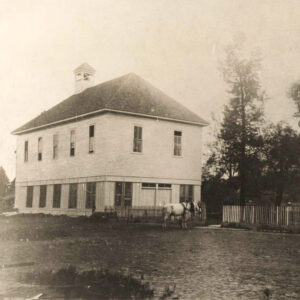 Sulphur Rock City Hall
Sulphur Rock City Hall
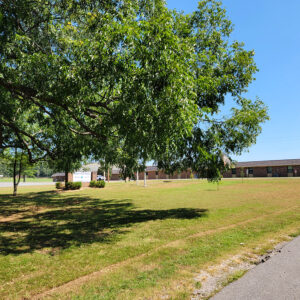 Sulphur Rock Magnet School
Sulphur Rock Magnet School
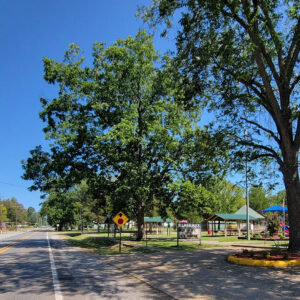 Sulphur Rock Park
Sulphur Rock Park
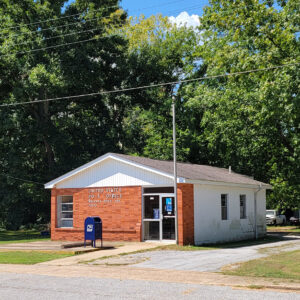 Sulphur Rock Post Office
Sulphur Rock Post Office
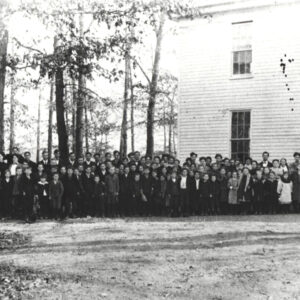 Sulphur Rock School
Sulphur Rock School
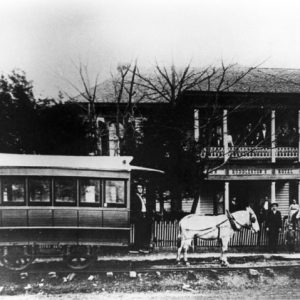 Sulphur Rock Street Car
Sulphur Rock Street Car
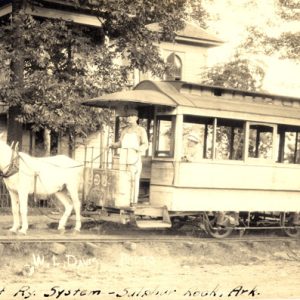 Sulphur Rock Street Car
Sulphur Rock Street Car
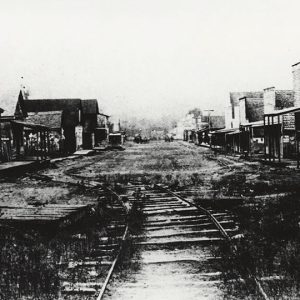 Sulphur Rock Street Scene
Sulphur Rock Street Scene
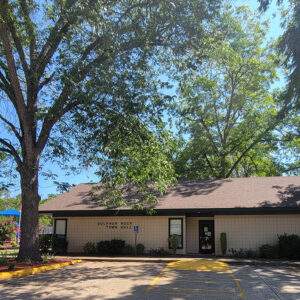 Sulphur Rock Town Hall
Sulphur Rock Town Hall




